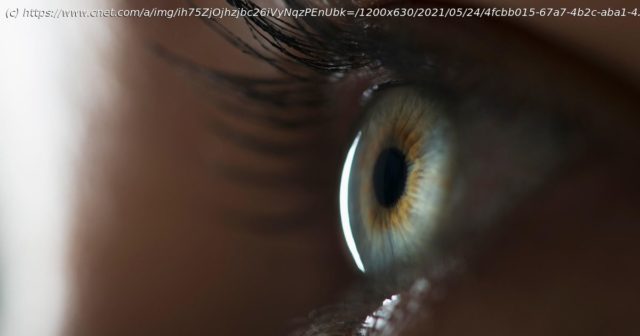Scientists have restored useful sight to a 58-year-old man with the inherited eye disease retinitis pigmentosa by injecting genetically engineered viruses into his …
Scientists have restored useful sight to a 58-year-old man with the inherited eye disease retinitis pigmentosa by injecting genetically engineered viruses into his eye. The man, who had been blind for decades, was able to see small objects like a staple box, a tumbler or a notebook when wearing a specialized pair of goggles. The breakthrough is described in a paper published in the journal Nature Medicine on Monday. It relies on optogenetics, a fledgling area of biological research aimed at controlling nerve cells via light. „These are very exciting results,“ says Raymond Wong, a stem cell biologist at the University of Melbourne developing treatments for eye diseases who was not affiliated with the study. While the potential therapeutic benefits are enormous, Wong notes the technique has, so far, only been used in one patient. It forms part of an ongoing clinical trial to test the safety and tolerability of the gene therapy. Continued testing and refinement could see the technique help blind patients navigate day-to-day tasks more effectively. How did they do it? By re-engineering cells of the eye to make them more sensitive to light. You’re reading this article on your mobile device or your computer screen because of the complex decoding performed by your retina. The retina is like a „biological computer at the back of your eye,“ according to Botond Roska, a biomedical researcher at the University of Basel and author on the new study. Like onions, this computer has layers. Light filters in through the eye and interacts with specialized photoreceptor cells at the bottom layer of the computer, known as rods and cones. These pass signals on to another specialized cell known as a retinal ganglion cell, which sits at the top layer of this computer. But in the disease retinitis pigmentosa, the bottom layer is scrambled. Genetic mutations cause the rods and cones to function incorrectly or die off. There are dozens of different mutations which can lead to retinitis pigmentosa. The disease affects up to 1 in 4,000 people worldwide, according to the National Institutes of Health. In many cases, this results in a patient with tunnel vision and eventually most patients lose their sight. That was the case for the 58-year-old patient at the centre of the new study.
Start
United States
USA — IT Scientists partially restore blind man's vision using breakthrough gene therapy






